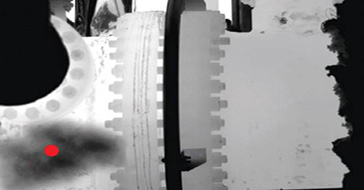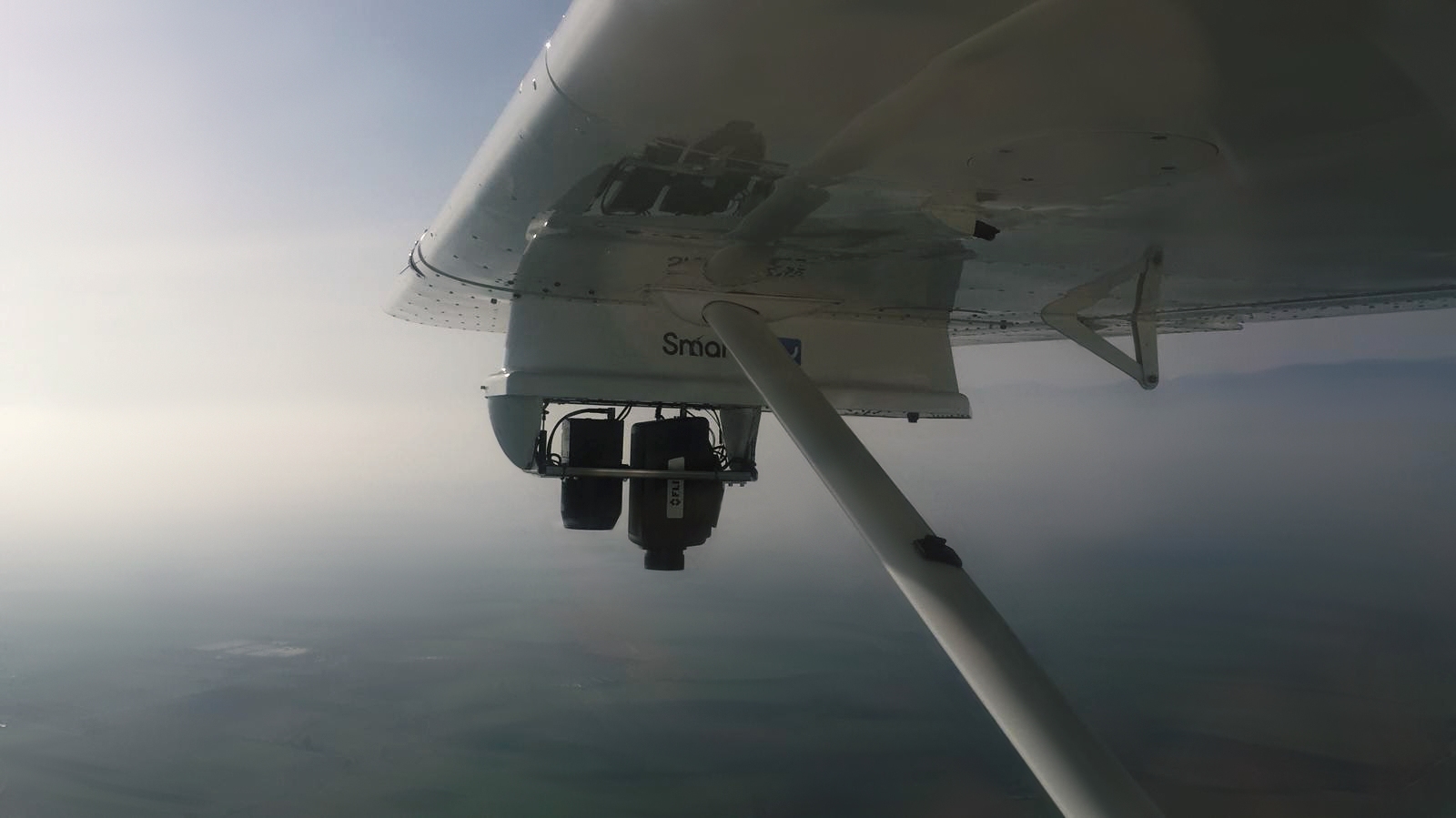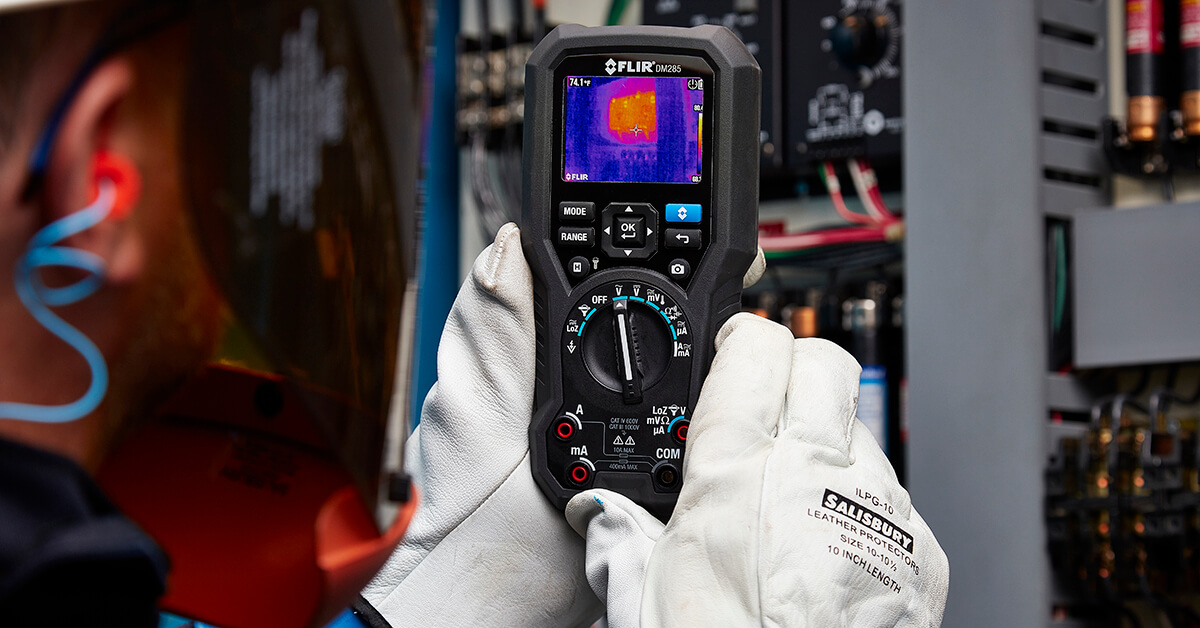FLIR GF306 helps improve environmental performance at Scottish and Southern Energy Power Distribution
SF6 (sulphur hexafluoride) gas is used in energy networks as an insulator in substations. Although SF6 is an excellent insulator, used all over the world, it is also a potent greenhouse gas. That’s why the careful management of SF6 assets is a key priority for Scottish and Southern Energy Power Distribution. The company regularly inspects equipment containing SF6 to prevent leaks, and act quickly when a leak is identified. SSEPD have found a tool that can help with its SF6 maintenance program: thermal imaging cameras from FLIR.
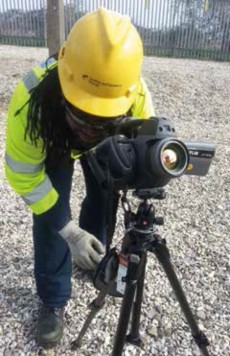
Thermal imaging cameras from FLIR allow SSEPD to detect possible leaks quickly and with high certainty.
Scottish and Southern Energy Power Distribution (SSEPD) is responsible for maintaining the electricity networks supplying over 3.7 million homes and businesses across central southern England and north of the Central Belt of Scotland. The company owns one electricity transmission network and two electricity distribution networks, comprising 106,000 substations and 130,000 km of overhead lines and underground cables across one third of the UK. Its first priority is to provide a safe and reliable supply of electricity to the communities it serves in Scotland and England. As in many electricity distribution networks across Europe, SSEPD uses SF6 gas as an insulator in its substations. Across its two distribution networks and its transmission network, SSE Power Distribution has a total of 11,475 items of switchgear using SF6 gas. Switchgear is often insulated with SF6, which works by extinguishing sparks caused by operation of the switchgear. The possibility of leaks generally increases as equipment ages. Fugitive emissions can escape through valve fittings and at joints between flanges and porcelain bushings.
Environmental impact
SF6 is over 23,000 times as potent as carbon dioxide as a greenhouse gas, so SSEPD wants to make sure that SF6 assets are carefully managed. "We take our safety and environmental responsibilities very seriously, with regular maintenance and protection of equipment. We have a very large fleet of switchgear and we work constantly to ensure its safe operation," comments Tawanda Chitifa, Project Manager at SSEPD. As part of an internal R&D project, we investigated ways to improve our environmental impact. The challenge was to be more efficient in handling possible SF6 leaks. Thermal imaging cameras from FLIR have helped us reduce that risk, because they allow us to detect possible leaks quickly and with high certainty.”

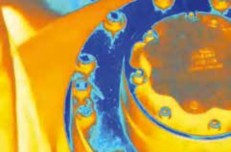
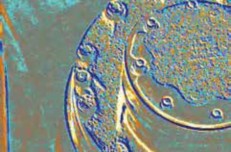
Clearly pinpoint leaks
Conventional leak detection methods include the use of sniffers. While the use of sniffers can quickly detect that a leak is present, it can be difficult to pinpoint the source, according to Tawanda Chitifa. “The problem is that with a sniffer you cannot get close enough to the equipment you are investigating. That is why it is sometimes difficult to pinpoint exactly where an SF6 leak is. You are aware there is a leak somewhere, but it’s hard to locate. SF6 gas is also heavier than air. This means that you have an indication of a leak but don't know the source.”
As part of the aforementioned R&D project, SSEPD learned about the existence of thermal imaging cameras that could do a better job in detecting possible leaks. After a thorough selection process, SSEPD decided to purchase twoGF306camerasfromFLIR.TheGF306has a highly sensitive detector that is specifically designed to visualize SF6 gas.
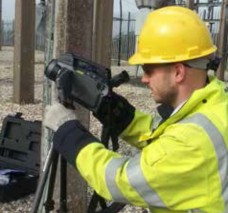
With the GF306, you can look at the switch gear equipment from a safe distance.
“The FLIR cameras allowed us to work in a totally different and more efficient way,” says Mr. Chitifa. “With the GF306 camera, you can look at the switch gear equipment from a safe distance, allowing you to cover a wider area. At the same time, the thermal imaging camera allows you to exactly pinpoint where the leak is, up to the actual source. Even very small leaks can be detected clearly. This has proved to be invaluable and saved us a lot of time.”
Reducing downtime
Normally, in order to access the switch gear equipment, SSEPD schedules an outage. Mr. Chitifa: “It goes without saying that closing down the equipment results in an economical cost. Every hour of downtime is money lost. With the FLIR GF306, we can significantly reduce downtime, because you can just take the camera out in the field and start your detection routine while the equipment is live.”
An important objective of the SSEPD R&D project was to be less dependent of third party suppliers. The company usually relies on third party companies to help them detect the gas leak, repair the equipment, replace it if necessary and do gas refills. The problem is that lead times can sometimes be very long, resulting in lost time and money.
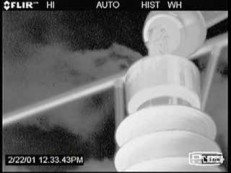
During their first FLIR training course, SSEPD identified a leak on a recently installed high-voltage circuit breaker.
“With the FLIR thermal imaging, we can find the leak ourselves immediately. This saves us a lot of time. During a familiarisation exercise, we were able to quickly detect a leak and the source. We made a short video and e-mailed it to our repair company. This way, they could directly start repairs and leave out the detection process, because they already knew exactly where to look.”
High-end optical gas imager
In December 2013, SSEPD purchased two GF306 cameras. The investment quickly provided return. “We attended training courses organized by FLIR Systems to better learn the benefits and operation of the thermal imaging camera. During the first FLIR training course, we took the camera out in the field and identified a leak on a recently installed high-voltage circuit breaker. Talk about return on investment!”
Users of the GF306 at SSEPD especially value the High Sensitivity Mode (HSM), which is included in all GF-Series optical gas imaging cameras. It is an image subtraction video processing technique that effectively enhancesthethermalsensitivityofthecamera. The HSM feature subtracts a percentage of individual pixel signals from frames in the video stream from the subsequent frames, thus enhancing the differences between frames, which make leaks stand out more clearly in the resulting images.
“To have the most reliable detection results, we make sure we capture the leak in different image modes: the IR image, the HSM mode and the visual image. This way, we are sure we don’t miss out on anything and we can provide a reliable briefing to anyone who needs to repair the leak.”
